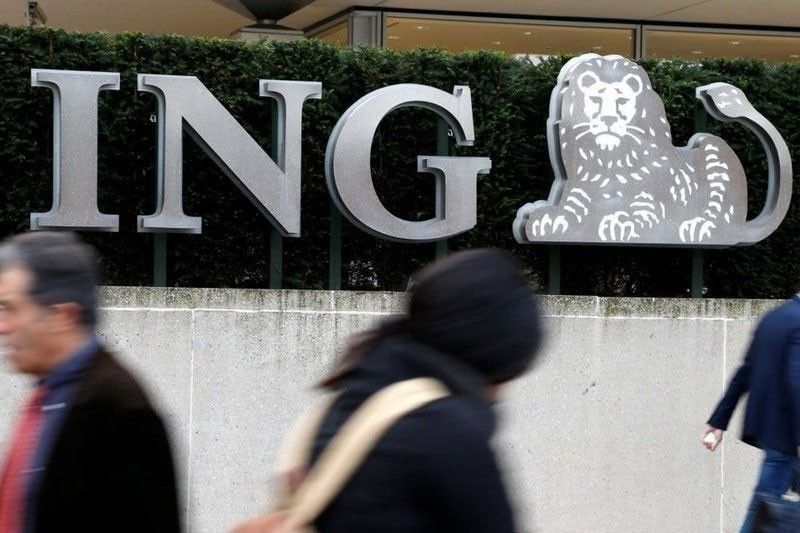ING sees slower Q2 recovery

MANILA, Philippines — Dutch financial giant ING Bank has slashed to 11 percent its second quarter economic growth forecast for the Philippines from the original target of 14 percent due to the imposition of mobility restrictions during the review period.
Nicholas Mapa, senior economist at ING Bank Manila, said the bank has whittled down its GDP growth forecast for the second quarter as the government placed the National Capital Region and nearby provinces (NCR Plus) under enhanced community quarantine from March 29 to April 11 and under modified enhanced community quarantine from April 12 to May 14 as COVID-19 cases soared.
“We expect the move to less stringent restrictions in the middle of May to help nudge the unemployment rate in the right direction, but the impact of the lockdowns cannot be highlighted enough. A month and a half of lockdowns weighed heavily on the economy, showcased by the reversal in the unemployment rate and the contraction in Purchasing Managers Index for April,” Mapa said.
The Philippines booked a worse-than-expected 4.2 percent GDP contraction in the first quarter.
“The protracted recession will likely beget scarring effects on the once vibrant household consumption sector,” Mapa said.
The economist said it remains imperative to help ensure that COVID-19 infections stay manageable, a grim reminder as daily cases, although off the peaks in April, have plateaued at the 7,000 mark.
“A quick and sudden spike may force localized lockdowns that could wreak similar damage on the economy and derail the nascent recovery,” he said.
Mapa said the 1.5-month hard lockdown and succeeding partial lockdowns for the balance of the quarter would likely sap much needed growth momentum from the struggling economy.
“Despite improved vaccination rollouts in the country, we are not very optimistic that the economy can return quickly to its previous six percent growth form, in large part because of the challenging job market environment,” he said.
Prior to the pandemic, Mapa said unemployment averaged 5.5 percent at a time that GDP growth was at a robust 6.3 percent pace.
He noted the entry of new variants, coupled with relatively more mobility may have helped ignite the COVID-19 spike in March, forcing renewed lockdowns that ultimately wiped out almost all the gains made on the jobs front in the first quarter of the year.
- Latest
- Trending































